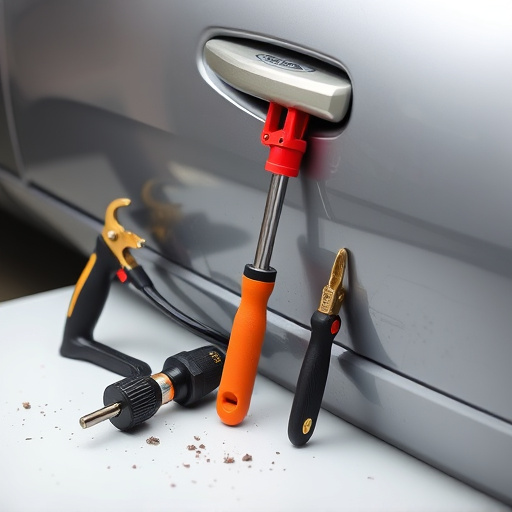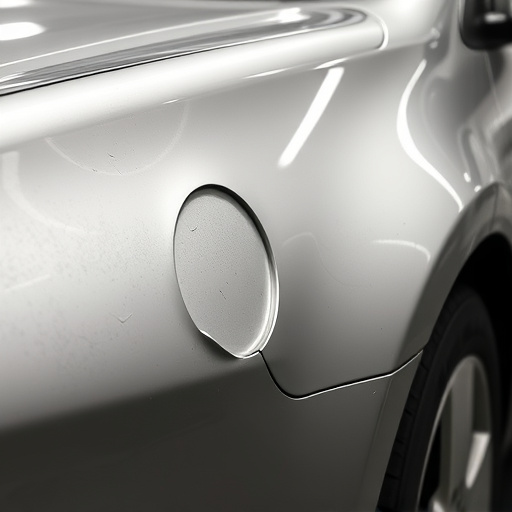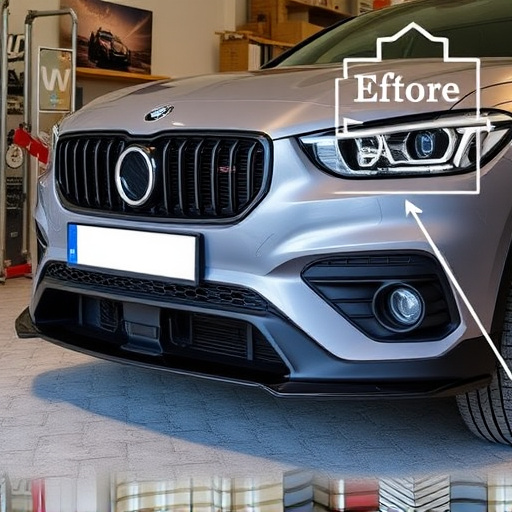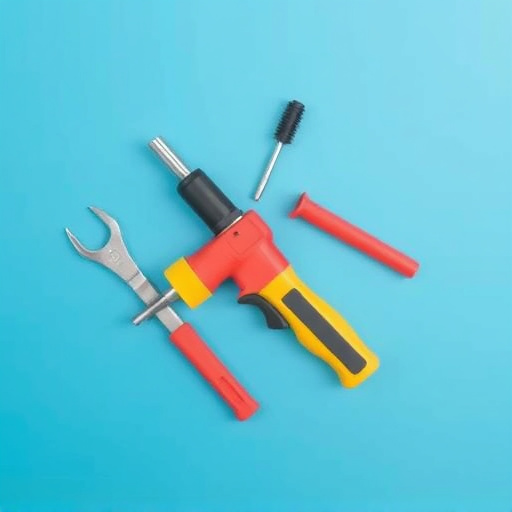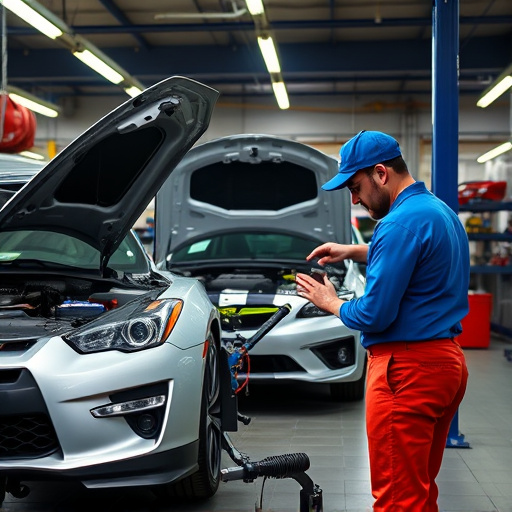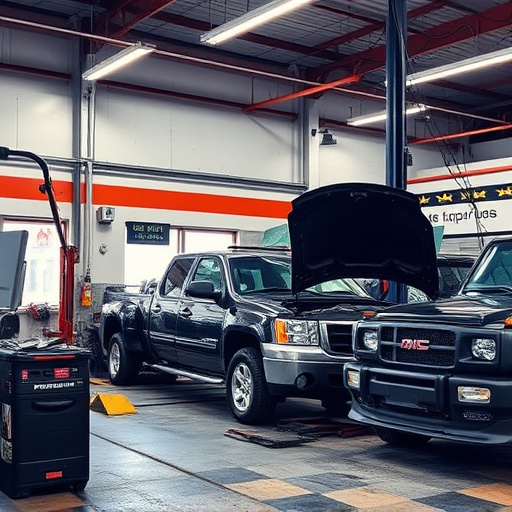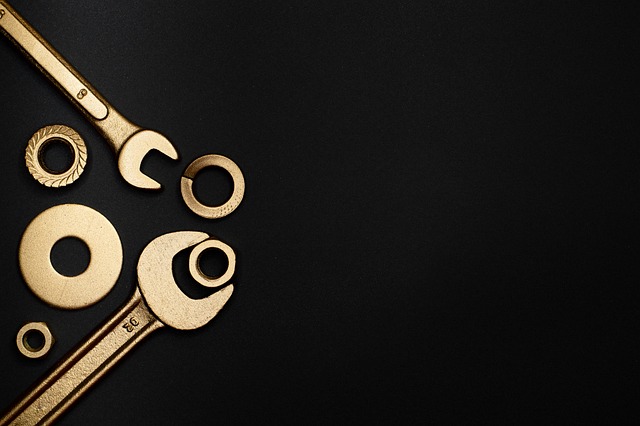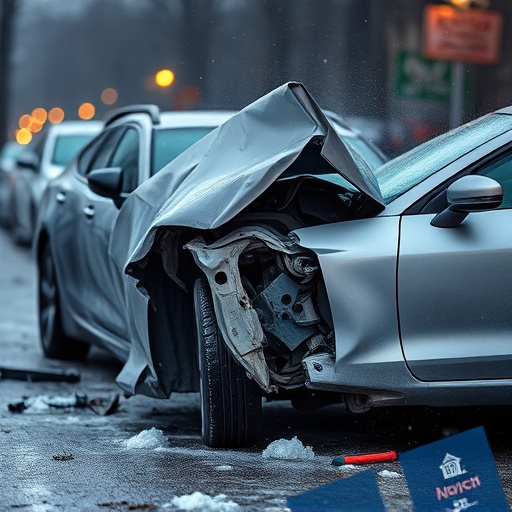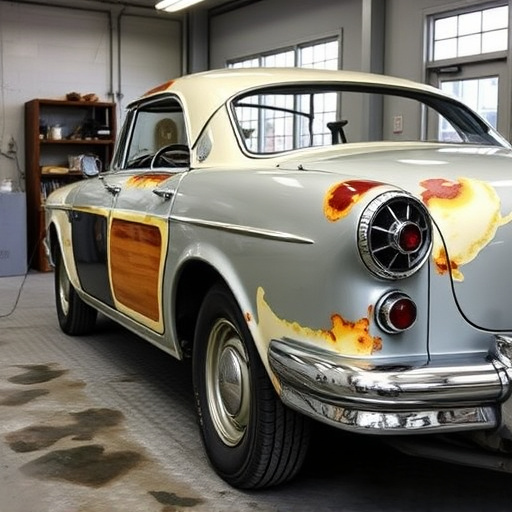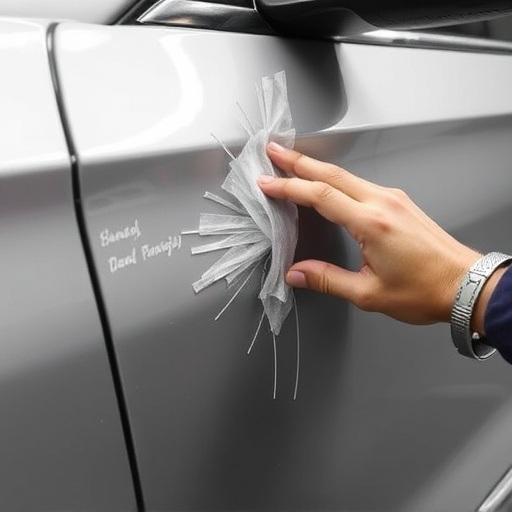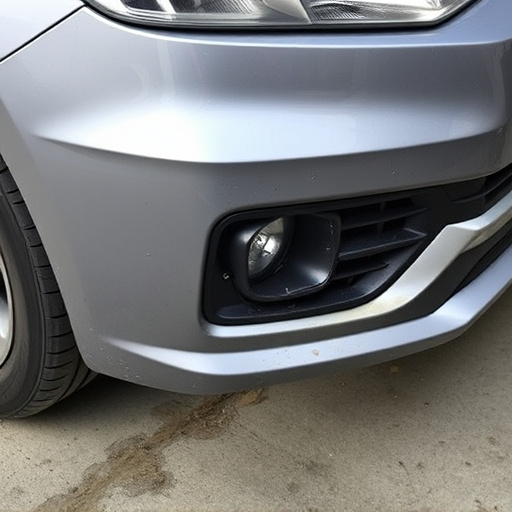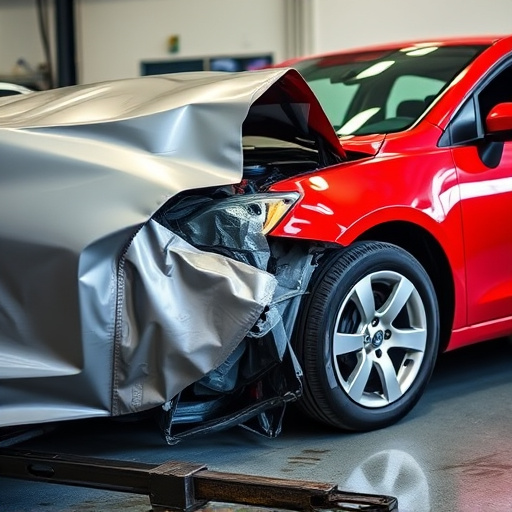OEM certified collision repair shops adhere to strict standards set by original equipment manufacturers for precise, quality repairs. This involves detailed assessments, meticulous documentation, specialized tools and techniques, stringent quality control, and adherence to parts and painting standards. Accurate records, including digital imaging, work orders, and inspection reports, ensure compliance, enhance communication, and guarantee customer satisfaction. Digital systems improve data integrity and streamline verification processes.
In the realm of automotive servicing, ensuring accurate and reliable repairs is paramount. For Original Equipment Manufacturer (OEM) certified collision repair facilities, rigorous documentation processes are essential to verify each step of the restoration process. This article delves into the critical aspects of documenting work for OEM certified repair verification, exploring industry standards, meticulous record-keeping, and best practices to maintain accuracy in a highly regulated environment. Understanding these procedures is crucial for maintaining quality control and customer satisfaction in the automotive repair sector.
- Understanding OEM Certified Collision Repair Standards
- Documentation Processes for Verified Repairs
- Maintaining Accuracy in OEM Certified Records Keeping
Understanding OEM Certified Collision Repair Standards
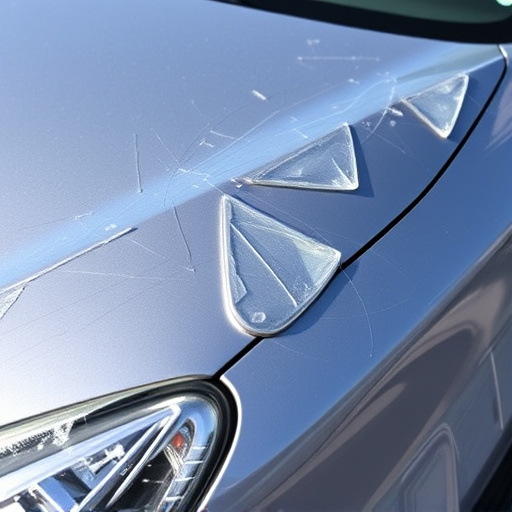
Shops involved in OEM certified collision repair must adhere to strict standards set by original equipment manufacturers (OEMs). These standards ensure that repairs are done with precision and maintain the vehicle’s original quality and safety features. Understanding and implementing these guidelines is paramount for any shop aiming to offer top-tier services. The process involves meticulous attention to detail, utilizing specialized tools and techniques to match the OEM’s specifications precisely.
Among the key aspects of OEM certified collision repair are ensuring structural integrity after repairs, especially in cases of complex damage like hail damage or significant car dent repairs. Vehicle repair professionals must be adept at assessing and addressing these challenges while adhering to stringent quality control measures. Each step of the repair process is meticulously documented to verify the work’s authenticity and ensure customer satisfaction.
Documentation Processes for Verified Repairs
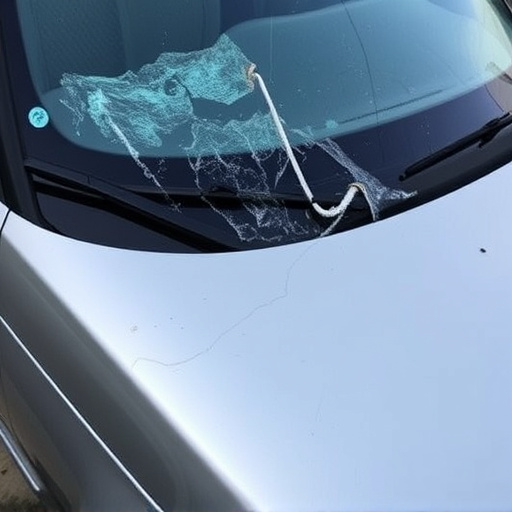
When it comes to OEM certified collision repair, proper documentation is paramount to ensuring quality and reliability. The process begins with a detailed assessment of the vehicle’s damage, where skilled technicians meticulously document every aspect using digital imaging and precise measurements. This comprehensive record serves as the foundation for the entire repair journey.
Subsequent steps involve meticulous recording of all work performed, including frame straightening techniques used, parts replacement, and finishing touches. Each stage is documented through work orders, repair estimates, and after-repair inspection reports. These documents not only facilitate seamless communication between shop staff and customers but also play a critical role in verifying the authenticity and skill behind auto body services, including frame straightening and car bodywork services, ensuring that every repair meets OEM standards.
Maintaining Accuracy in OEM Certified Records Keeping
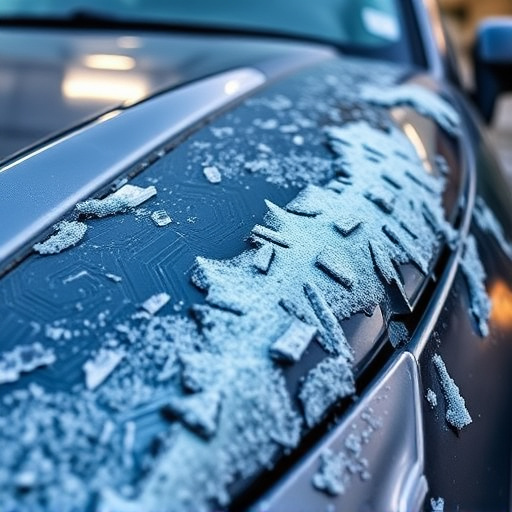
Maintaining accuracy in OEM certified records keeping is paramount for any collision repair shop aiming to offer top-tier services and ensure customer satisfaction. Every step of the repair process, from initial assessment to final inspection, must be meticulously documented to reflect the exact specifications and standards set by Original Equipment Manufacturers (OEMs). This includes detailed notes on parts used, techniques employed in auto painting and vehicle bodywork, and any unique modifications made to match the original design.
Consistent record-keeping practices help prevent errors, facilitate seamless communication with OEMs, and ensure that every vehicle leaving the collision repair shop meets the highest possible standards. Using digital systems for record storage not only enhances data integrity but also streamlines the verification process, enabling quick access to historical data when needed during future repairs or OEM audits. This commitment to accuracy is what distinguishes a reliable collision repair shop from its competitors, fostering trust among both clients and industry peers.
Shops performing OEM certified collision repairs must adhere to strict documentation processes, ensuring accuracy and verification. By implementing robust record-keeping practices, including detailed work orders, part traceability, and digital storage, shops can provide tangible proof of their adherence to OEM standards. This transparent approach not only facilitates efficient repair validation but also builds trust with customers seeking authentic, factory-backed repairs. Embracing these documentation best practices is key to maintaining high-quality standards in the competitive world of OEM certified collision repair.
